If you were asked to grade a fish on how well it could climb a tree, would that be a fair assessment of the fish’s skills? Learners are very much the same in that they have unique abilities and ways of learning, and you can’t apply a standard assessment formula for every one of them.
WriteReader is rooted in the belief that children learn best when motivated by their interests and passions while receiving constructive feedback from supportive adults. To ensure that all learners have equal opportunities to succeed, WriteReader incorporates Universal Design for Learning (UDL) principles and guidelines into its approach.
The UDL framework
UDL is a framework aimed at addressing the diverse needs of learners by creating flexible and accessible learning environments. WriteReader embraces UDL by implementing three fundamental principles derived from scientific insights into how humans learn.
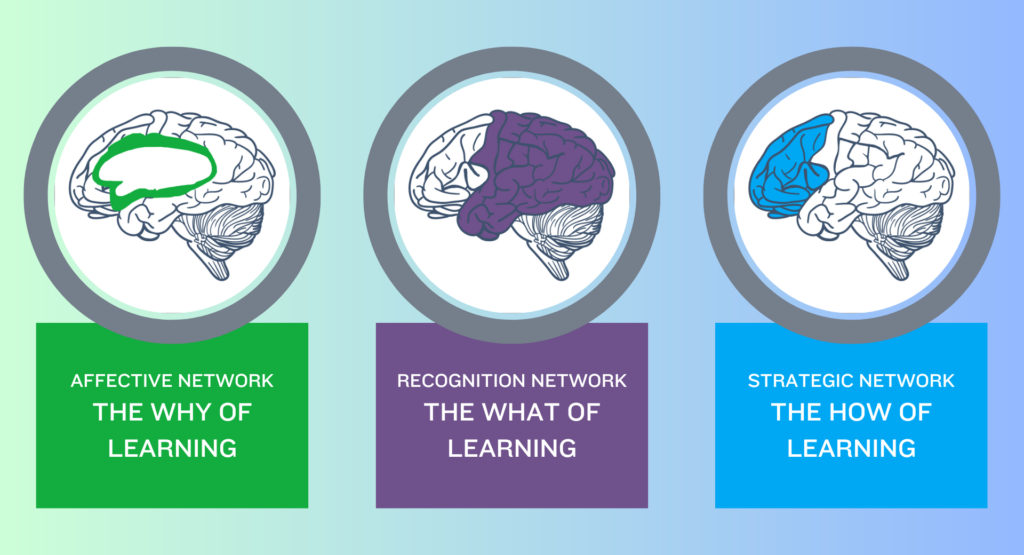
Multiple means of engagement
Engagement refers to the affective aspect of learning, or the “why” of learning. It involves motivating learners to participate in the learning process and helping them develop positive attitudes and beliefs about themselves and their learning goals. To provide multiple means of engagement, WriteReader offers the following options:
- Learners can choose their books’ topics and themes based on their interests, passions, and curiosities. Educators can provide them with options from the template library, or they can browse books created by other learners, for inspiration.
- Learners can customize the appearance of their books by choosing different book types, colors, backgrounds, and images. They can also add audio recordings in their books to enhance their multimodal expression.
- Learners can receive feedback from teachers or parents on their books in a non-judgmental way. Teachers or parents can write the correct spelling or grammar underneath the learners’ original text without erasing or correcting it. This way, learners can compare their own writing with the adult’s writing and learn from their mistakes positively.
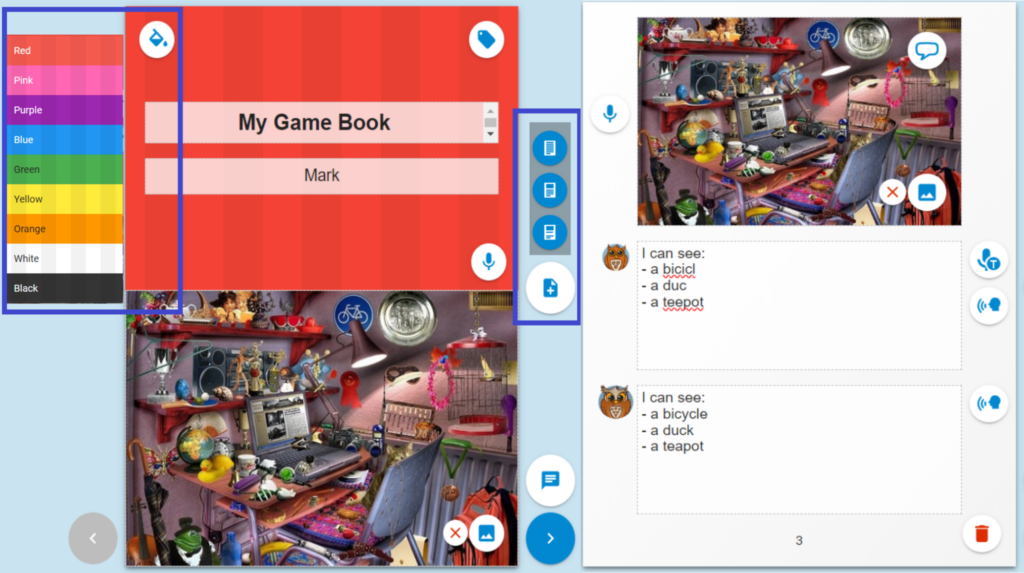
- Learners can share their books with their classmates, friends, family, or a global community of readers through reading rooms and shareable links. They can also read other learners’ books and learn from each other’s perspectives and experiences.

Multiple means of representation
Representation refers to the cognitive aspect of learning, or the “what” of learning. It involves presenting information and content differently so learners can access and comprehend it according to their strengths and needs. To provide multiple means of representation, WriteReader offers the following options:
- Learners can access and add images from different sources, such as through an image bank, search bar, voice search, camera, or local uploads.
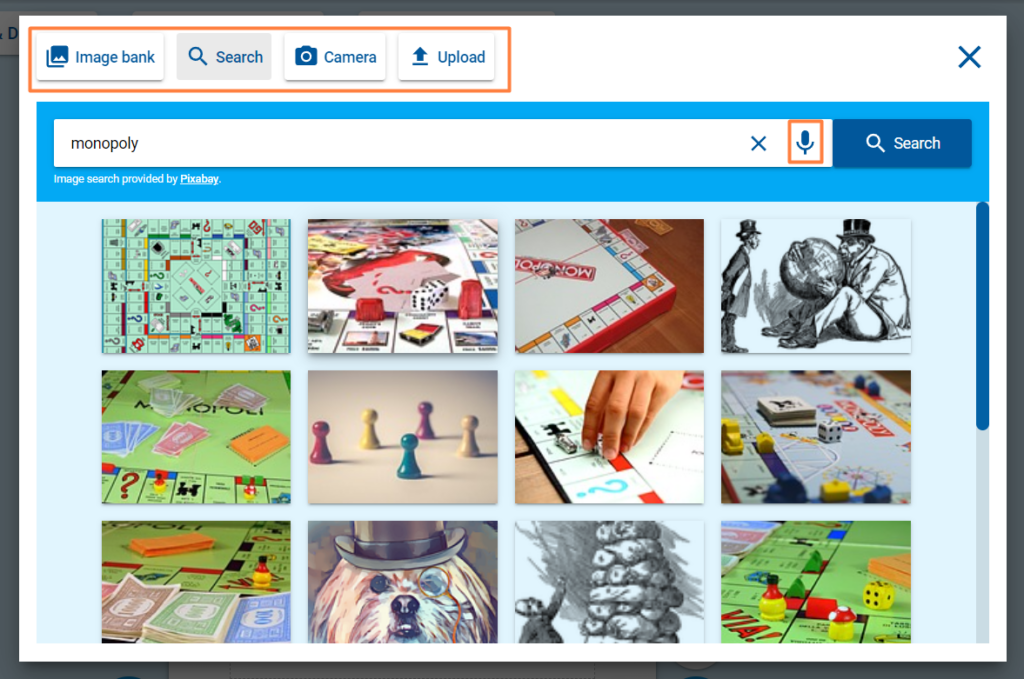
- Learners can present their books in different formats through the use of callouts, letter and alphabet sounds, pictures, and speech synthesis.
- Learners can activate or supply prior knowledge for their books using prompts, questions, examples, or analogies.
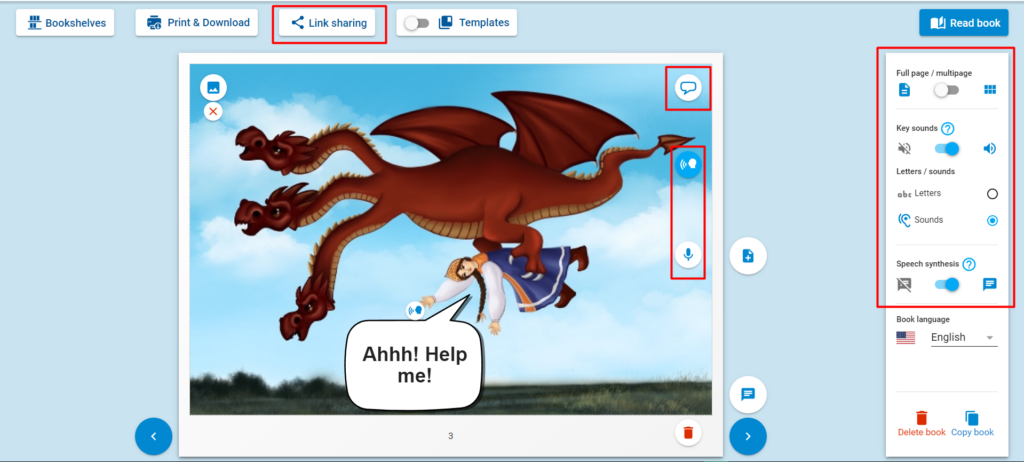
Multiple means of action and expression
Action and expression refers to the behavioral aspect of learning, or the “how” of learning. It involves providing learners with different ways to demonstrate what they have learned and supporting them in developing their skills and strategies. To provide multiple means of action and expression, WriteReader offers the following options:
- Learners can use different modes of expression for their books, such as text, images, or audio recordings. They can also use various tools to create their books, such as keyboards, touchscreens, or voice input.
- Learners can vary their book’s difficulty level and support by choosing different templates, scaffolds, or feedback options. The educator text field can be used for scribing, transcribing, translating, feedback, and responses or as a student-directed space.
- Learners can also utilize the different language options to create books in the language that describes them the best.
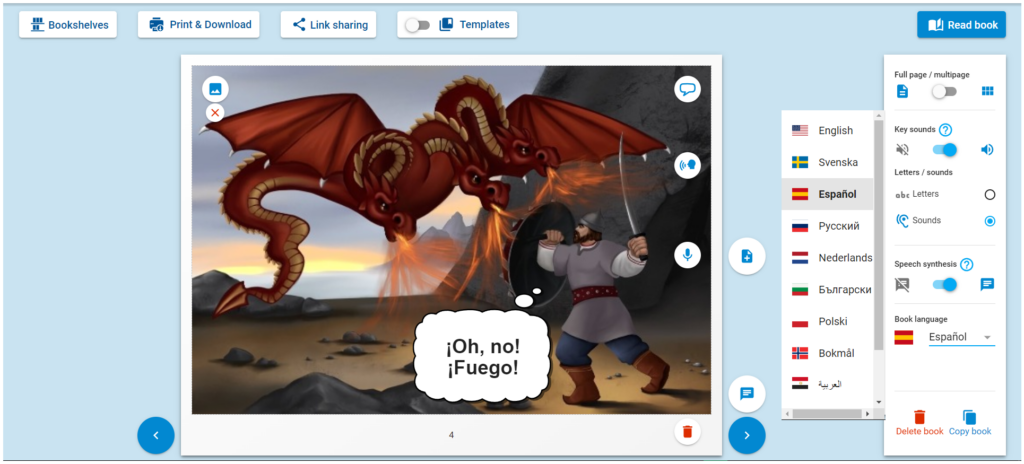
No two brains work the same
Sometimes, even the best-laid plans encounter some hiccups along the way. The critical thing to remember is that we create a learning environment where every child’s unique abilities and interests are celebrated and where the seeds of knowledge blossom into extraordinary stories of growth and achievement.
Happy learning!
